Lifespan
Tapirs can live for up to 30 years in the wild, and even longer in captivity.
Size
Tapirs are large mammals. Depending on the species, they can weigh between 300 and 700 pounds and reach lengths of 4 to 8 feet.
Swimmers
Tapirs are excellent swimmers and divers, often using water as a refuge from predators and to help them keep cool in hot climates.
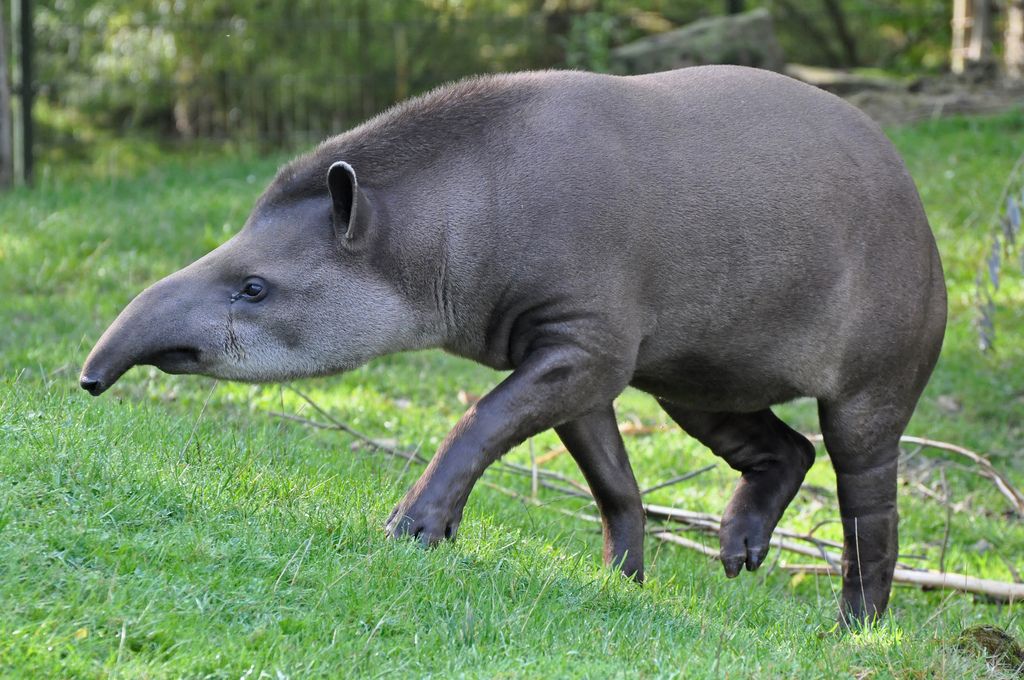
Breeding
Female tapirs have a gestation period of approximately 13 months and usually give birth to a single calf.
Ancient Animals
Tapirs have been around for a long time – fossils of their ancestors can be traced back to over 50 million years ago.
Species
There are four recognized species of tapirs: the Brazilian tapir, the Malayan tapir, the Baird’s tapir, and the mountain tapir.
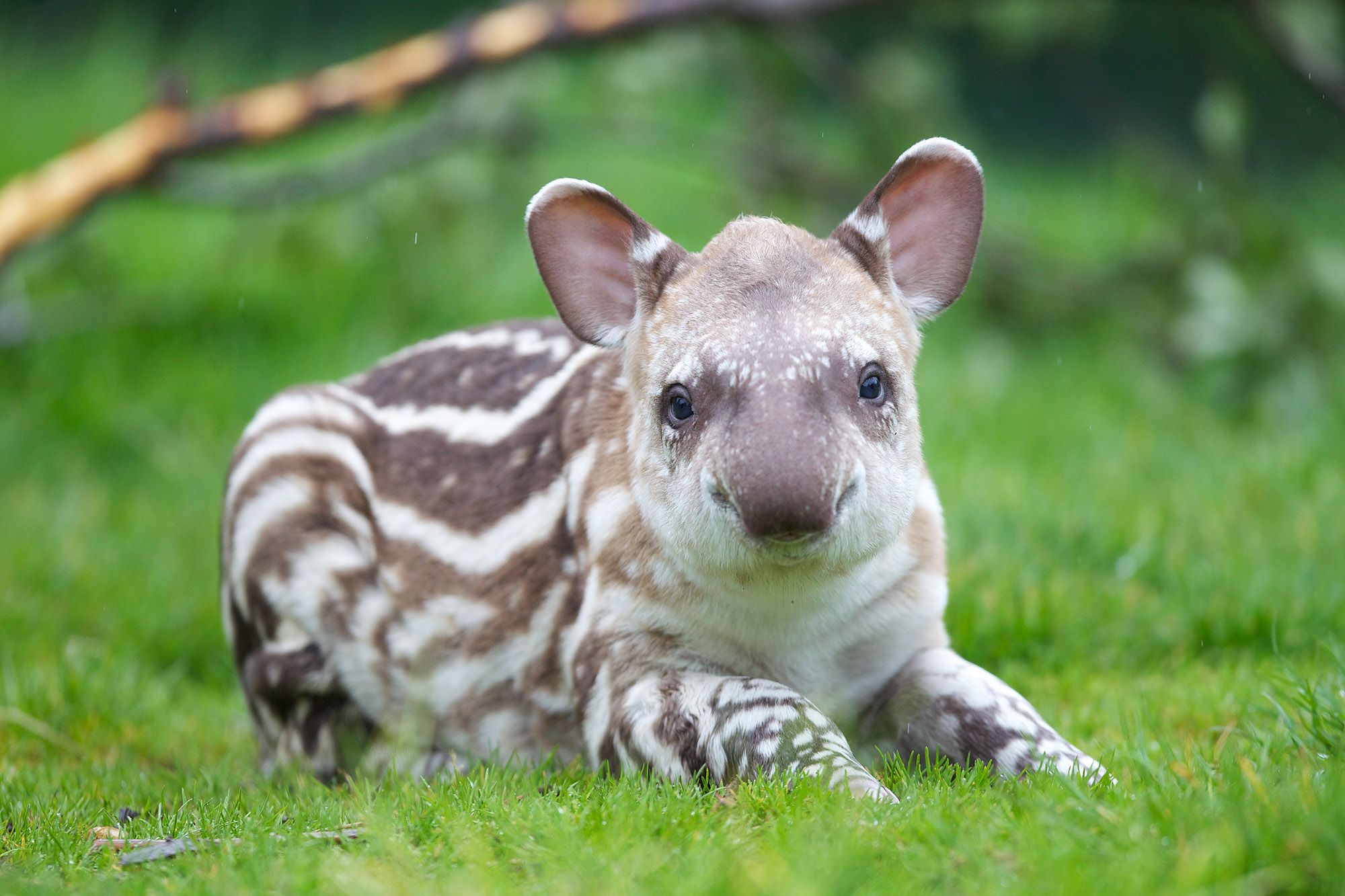
Distinctive Call
The sound a tapir makes is a high-pitched, whistle-like squeal.
Endangered
All species of tapir are considered endangered or vulnerable due to hunting and habitat loss.
Baby Tapirs
Baby tapirs are born with a coat of stripes and spots, which helps camouflage them in the wild. These markings fade after about six months.
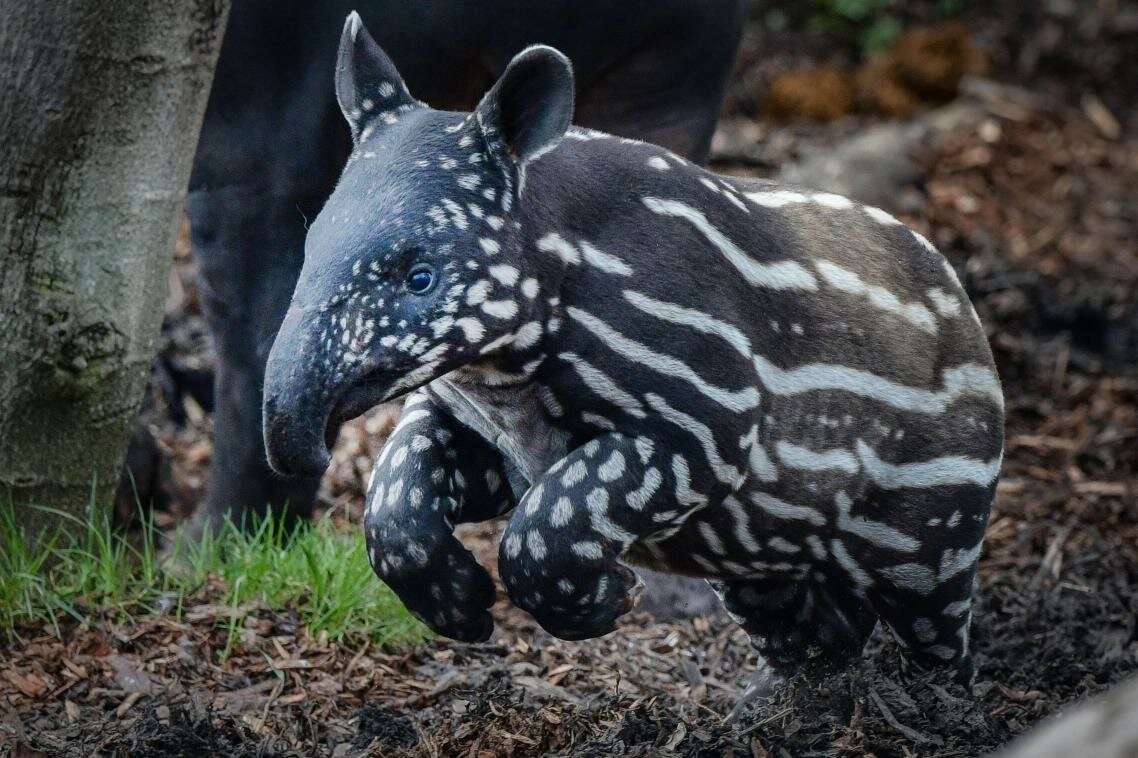
Trunk-Like Nose
Tapirs have a distinctive, flexible, trunk-like nose and upper lip which they use to grab leaves and other vegetation.
Role in the Ecosystem
Tapirs play a crucial role in their ecosystems as seed dispersers, helping to maintain biodiversity in their habitats.
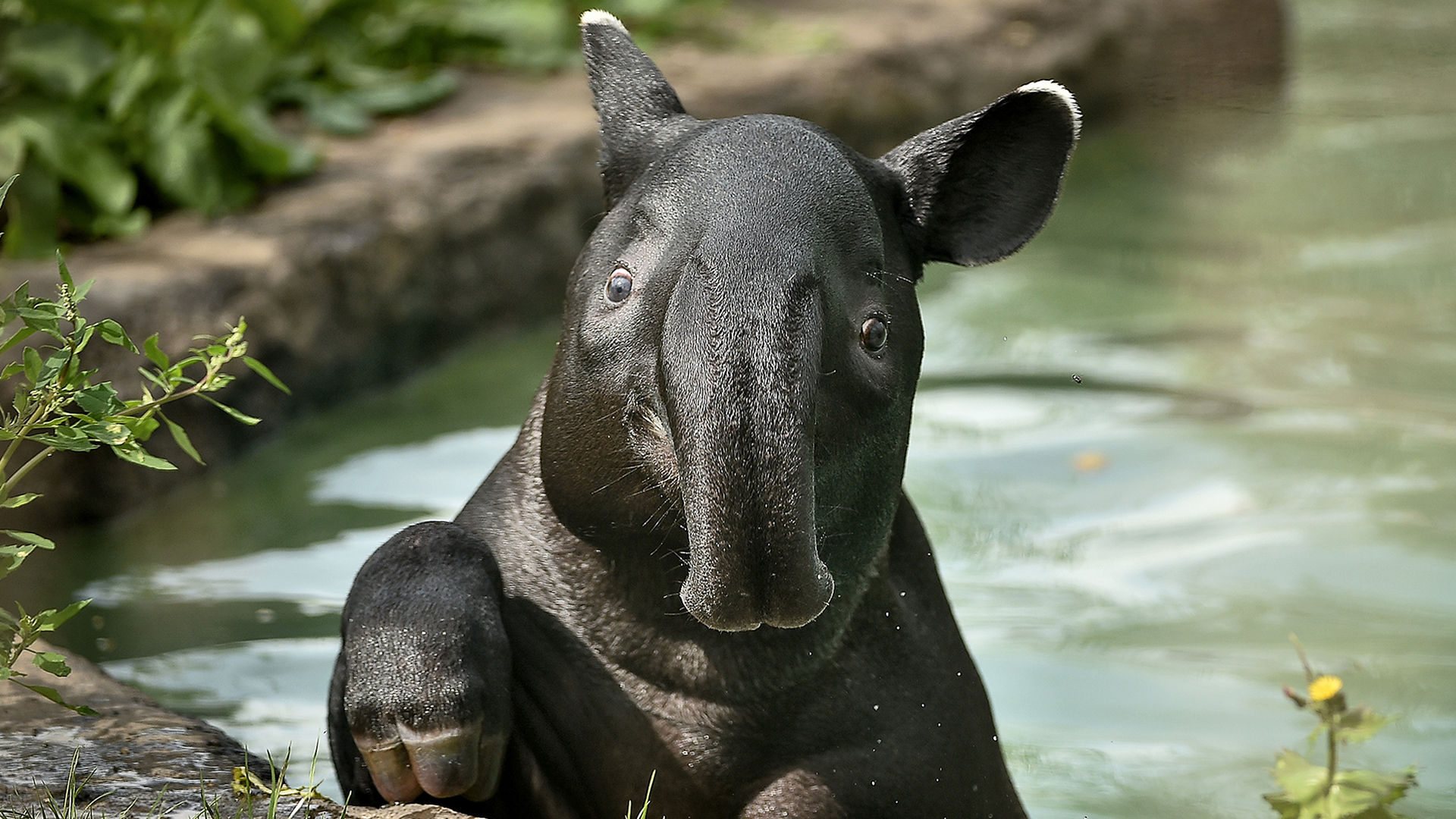
Habitat
Tapirs are found in various parts of the world, including Central and South America, and Southeast Asia.
Running
Despite their bulk, tapirs can run quite quickly, easily navigating through dense forest and rugged terrain.
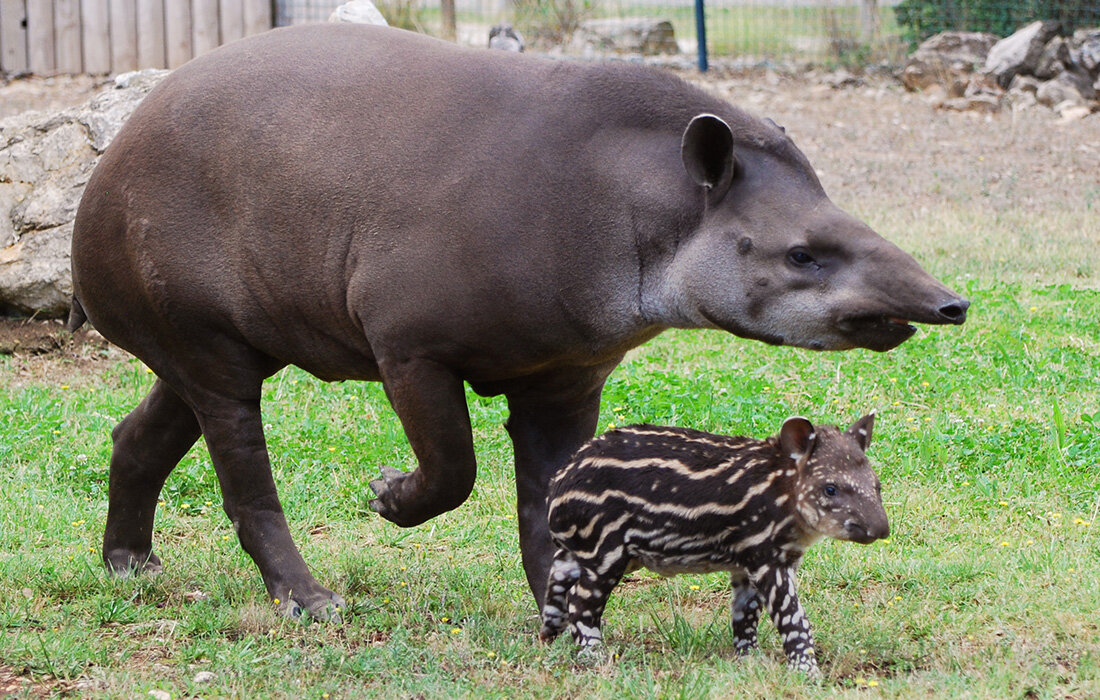
Nocturnal
Tapirs are mostly nocturnal and crepuscular, which means they are most active during the night and at twilight.
Diet
Tapirs are herbivores. Their diet consists mainly of leaves, stems, fruits, and seeds.
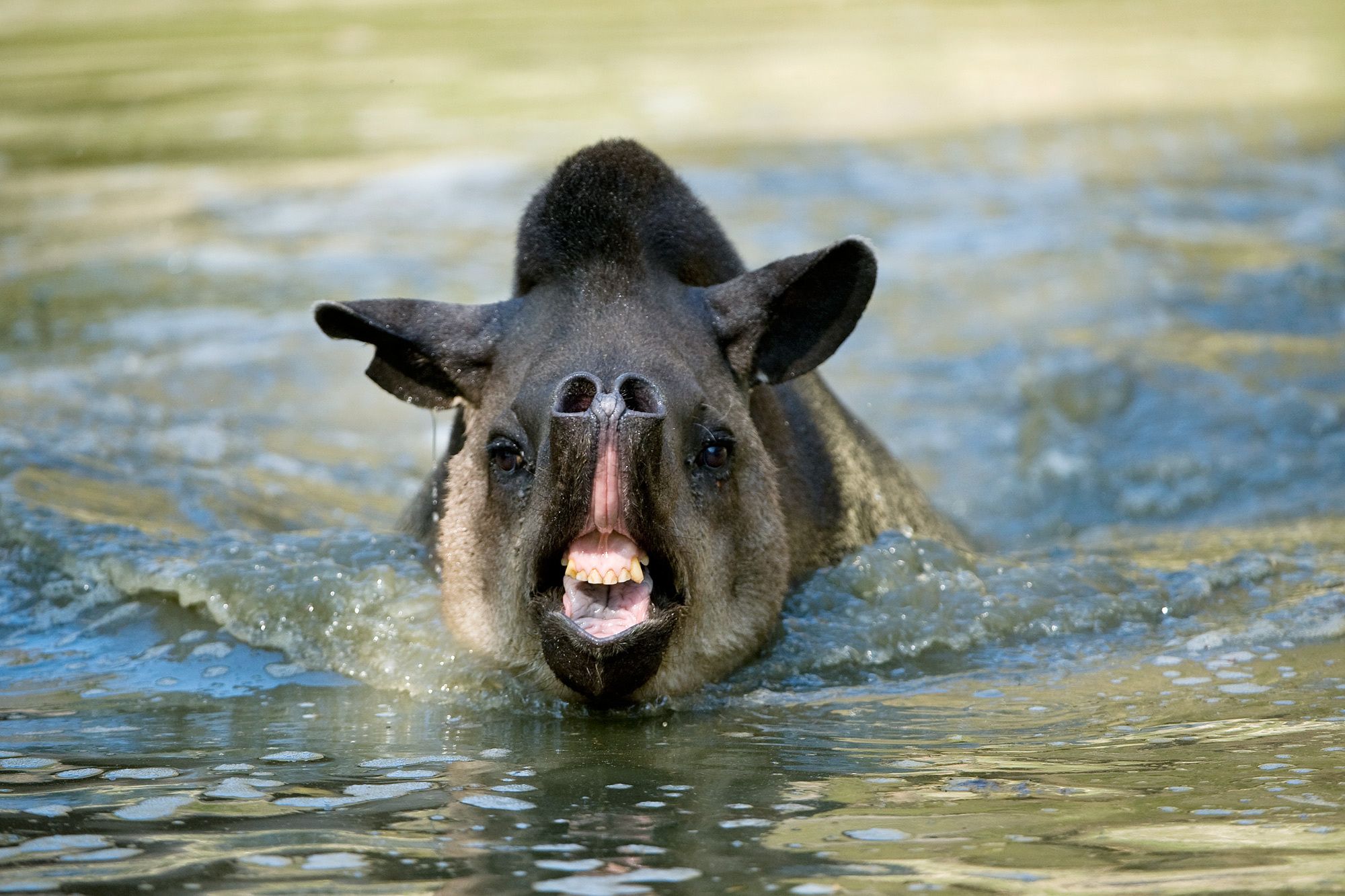




Related Posts
7 Interesting Facts About Running
7 Health Benefits of Laughing
5 Brilliant Facts About Rhinoceros Beetles